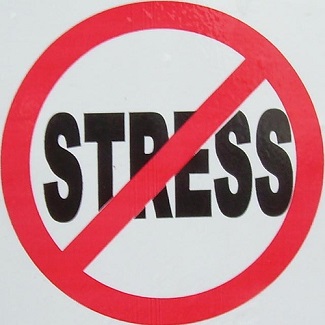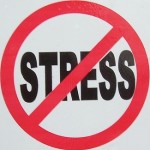 Wouldn’t we all prefer to be able to manage our stress levels better? There is very few of us who think that stress isn’t a big part of today’s life. Most stress is manifested externally and only few people are able to suppress it which is not ideal if not worse than realising and expressing it and then working toward curtailing stress.
Wouldn’t we all prefer to be able to manage our stress levels better? There is very few of us who think that stress isn’t a big part of today’s life. Most stress is manifested externally and only few people are able to suppress it which is not ideal if not worse than realising and expressing it and then working toward curtailing stress.
Psychologies, Dr. Albert Ellis has developed a so called ABC technique to help people become more optimistic and to manage their stress levels better. Like any other behaviour, being an optimist or a pessimist is behavioural and can be learned or in the case of pessimism, unlearned. The challenge is that like any behaviour or habit, pessimism is hard to uproot and the way to do it is to replace it with another habit – in this case, no stress and optimism.
So what is ABC stress management technique? First of all, it stands for Adversity (the actual event), Beliefs and Consequences. In short, we experience the actual event that causes adversity and causes us to stress and creates a Belief. This belief then influences what we do next and so our actions become consequences.
An example of this can be found in this detailed article here which says:
Here’s an example – you yell at your assistant because she forgot to print a key report before your meeting (Adversity). You then think, “I’m a really lousy boss” (Belief). You then perform poorly during your meeting, because your self confidence has plummeted (Consequences).
So how do we stop this from happening, how do we de-stress?
Adversity can be managed but not avoided. So the next step in this process is your beliefs – this is certainly something that is in your circle of influence and you basically need to identify your beliefs, then challenge any negative thoughts that may be part of your beliefs and then replace a negative thought process with a more rational belief. So, now instead of the Consequences being negative and stressful, the result will be more rational, productive and stress relieving.
To help you further, here are few effective stress management, relaxation techniques:
Purpose: Use this aid to practice the deep breathing and meditation relaxation techniques.
Relaxation techniques are very useful and effective tools to help you manage stress and prevent burnout. Deep breathing and mediation are simple, yet effective techniques that you can start using immediately.
| Step 1 | Lie on your back on the floor – this is the ideal position but you can also perform the exercise seated. |
| Step 2 | Place one hand on your chest, and the other on your belly, between your waist and rib cage. |
| Step 3 | Slowly inhale through your nose – you should feel your belly rise as the air enters your lungs. |
| Step 4 | Slowly exhale through your mouth – you should now feel your belly fall as the air leaves your lungs. |
| Step 5 | Repeat the inhale and exhale sequence until you feel relaxed. |
| Step 1 | Sit with your back straight and your feet flat on the floor, or you can sit on the floor with legs crossed. |
| Step 2 | Rest your hands on your legs. |
| Step 3 | Relax your gaze by staring without focusing. |
| Step 4 | Direct your attention on a focal point such as your breathing, a word, or an image. |
| Step 5 | Become aware of your breathing and relax your body. |
| Step 6 | Relax your mind, letting thoughts come and go – try to remain focused on meditating by returning your focus to your focal point when your thoughts wander. |


